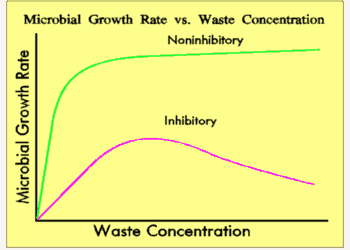

 |
Heavy hydrocarbon concentrations such as those resulting from an oil spill or oil slick are detrimental to waterways, wildlife habitats, and farming, etc. If some sort of remediation is not tried, petroleum wastes will invariably reach fresh ground water supplies or aquifers.
Mechanical methods applied with manual labor have traditionally been employed to remove oil contaminated soil and water. Some firms tried to stabilize drilling mud with estearic acid and calcium oxide before depositing it in approved landfills, but such space is getting scarce.
|